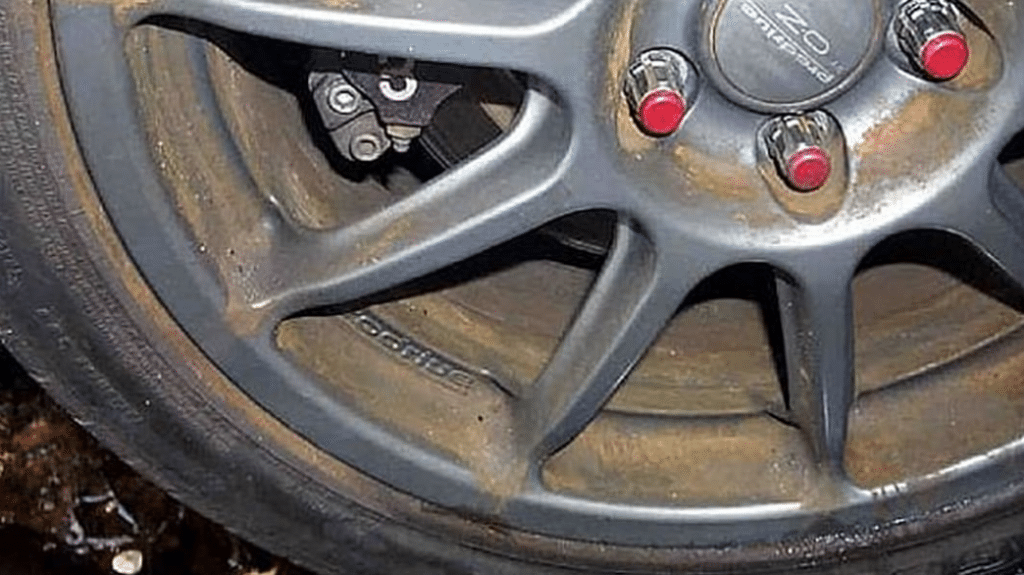Nothing material is oblivious to wear and tear. Time and use take a toll on everything, and your brakes are no exception. Thankfully, the security that comes under the scanner is under your control. A regular check ensures that you are keeping yourself and others safe on the road. A proper braking system means that your vehicle comes to a halt when you press down the pedal rather than waiting for the thing to slow down with time. Unfortunately, time is a luxury that one cannot afford in times of emergencies. So, to avoid any unlikely situations, here are basic tell-tale signs to look out for to know whether your brakes require a mechanic or not!
Contents
Understand Your Brakes!

The brakes in all automobiles are governed by a master cylinder system, which is a hydraulic device. It is a combined system of pistons that is responsible for converting the mechanical into hydraulic pressure. This hydraulic pressure, in turn, is transferred to brake calipers and brings your vehicle to a halt.
Do They Call Out For Your Attention?

Do your brakes let out a squeaky noise every time you press them hard? Well, they are crying for your attention. If you encounter the sounds, check for other things that might also result in sounds. If all things are fine and yet the sound persists, you must resort to a mechanic.
Put Your Feet Down!

The brakes should not resist your force and should effortlessly go down when pushed down. The break should immediately set its effect on the road. If there is a delay in the force and effect, you must know, something is up with the brakes. Any vibrations through the pedal or steering wheel is a sign that your brakes have falling health. So, if your feet are giving the opposite tale, then visit a mechanic.
If You Can Trust Your Judgments!

A visual check can also help you validate whether your brakes are fine or not. True, not everyone has a knack for mechanical knowledge. So here are some points that don’t demand your technical knowledge.
-
- Look for brake dust. If it’s spot-free, it is not a good idea! Brake dust is an indicator that the car’s brake pads are working fine.
- Check the brake fluid in the brake fluid reservoir. The fluid shouldn’t be dark in color, nor should it be too low in volume. A dark color signifies contamination. Moisture and heat are major contaminants that, over time, degrade the brake fluids by breaking them down. Hence, you should consider flushing and replacement immediately.
- Observe the brake pad friction material. The size should not be less than a quarter-inch thick.
Don’t experiment with things that you do not know of. It might lead to more serious damage to your car.
Does Your Car Pull To One Side?

If your car pulls up on one side while applying the brake, it is an indication that the brake pads on all four tires are not equal. Generally, the front tires bear the brunt of your brakes, making them more susceptible to wear and tear than the rear ones.
Conclusion!
Normal wear and tear of the brake pads are common, depending on the use. Therefore, keeping them up-to-date and efficient, regular servicing is a must. However, even with servicing, things can go wrong at any time. Hence, these few signs are red lights, signaling you go to a mechanic soon.


